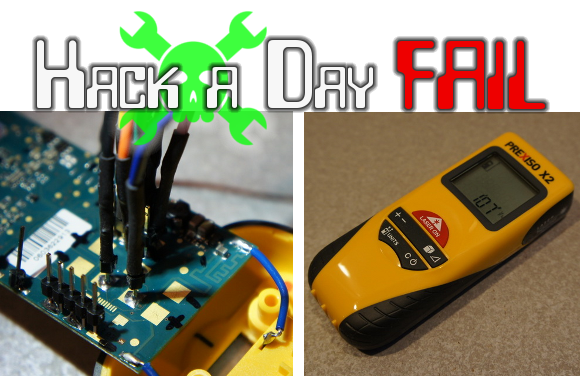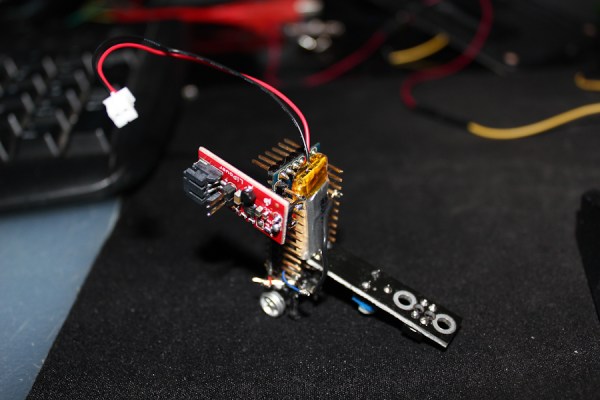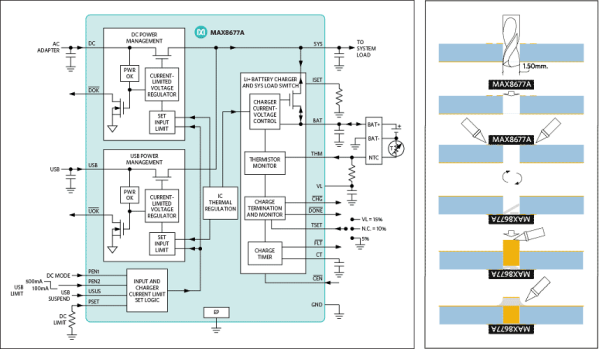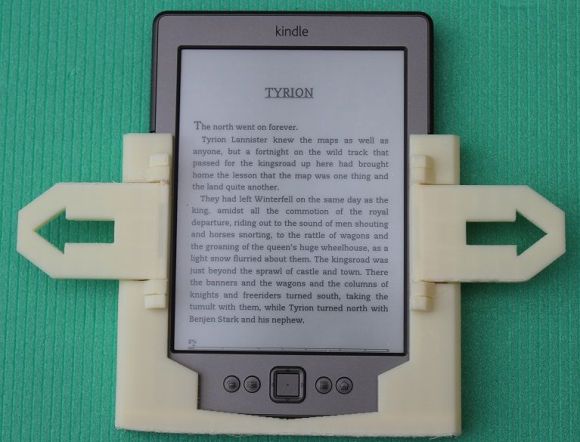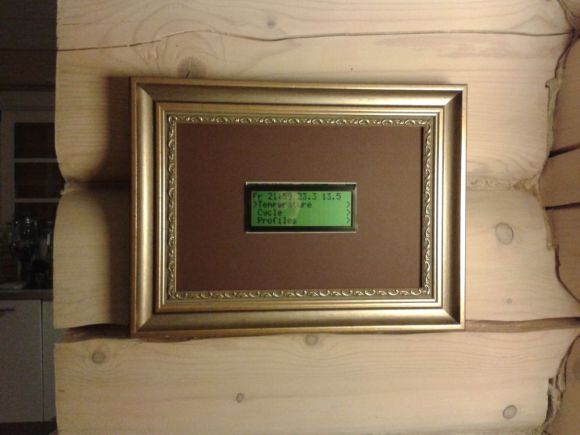
[Rich Olson] really likes MakerWare and the Makerbot slicer – the software package that comes with every Makerbot – but sometimes he needs to change a few settings. Makerware doesn’t allow the user access to 90% of the setting for slicing and printing, so [Rich] did something about that. He came up with ProfTweak, a tool to change all the MakerWare slicing and printing parameters, giving him precise control over every print.
ProfTweak handles common settings changes such as turning the fan on or off, adjusting the filament diameter, changing feed rate options, and turning your infills into cats. It’s a handy GUI app that should work under Windows, OS X, and Linux, so if you’re running MakerWare right now, you can get up and running with this easily.
One thing [Rich] has been using his new software for is experimenting with alternative filaments. With his Makerbot, he’s able to print in nylon, the wood and stone PLAs, flex PLA, and PET. That’s a lot more material than what the Makerbot natively supports, so we have to give [Rich] some credit for that.

